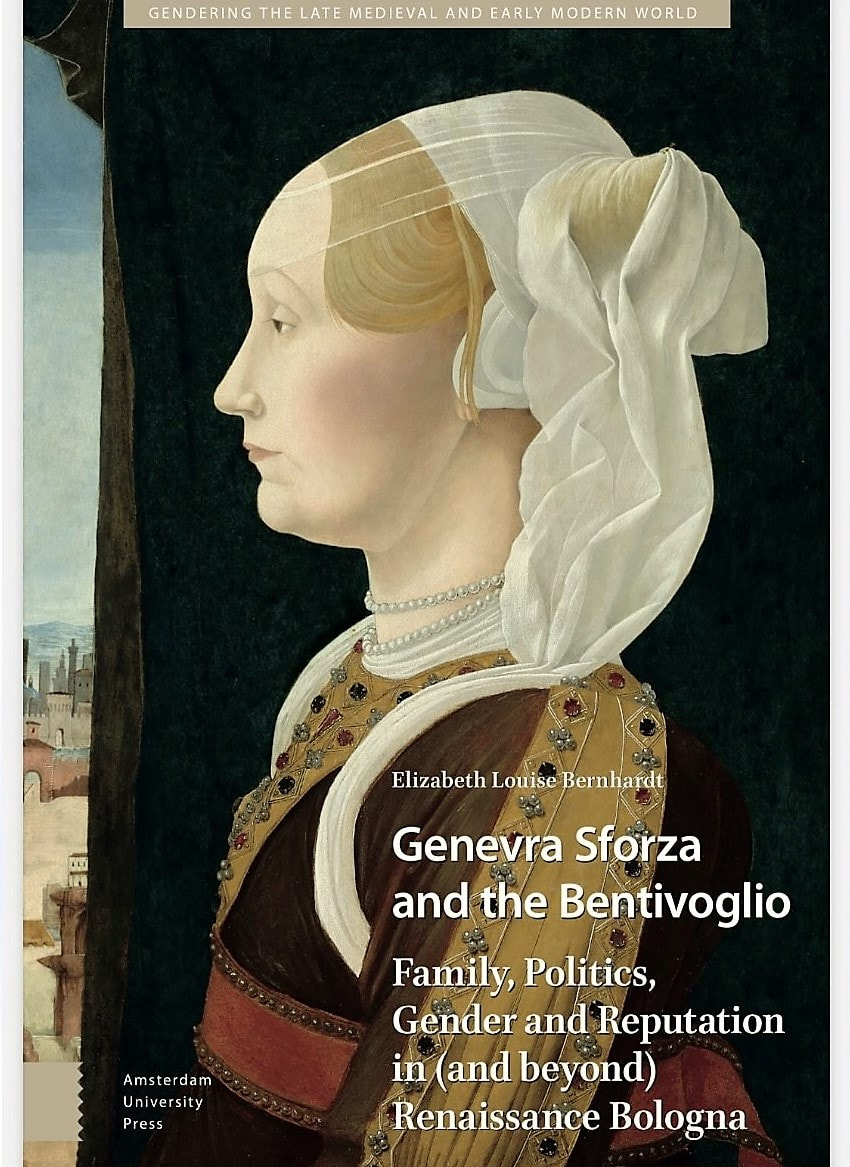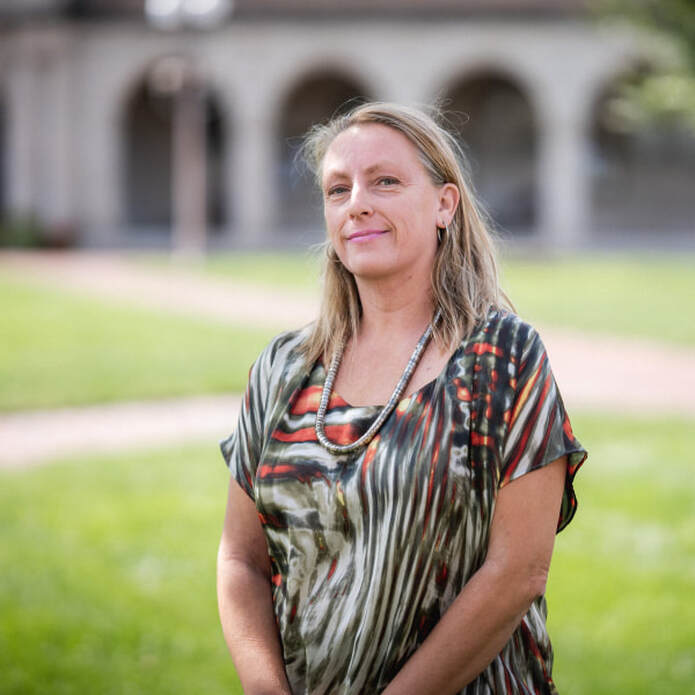|
ANNA SICCARDI Harper's Bazaar Magazine Tratto dal romanzo di Sally Benson, Meet me in St. Louis - in italiano Incontriamoci a St.Louis -è un “Christmas musical” che racconta la storia delle quattro sorelle Smith, interpretate da un cast d’eccezione: Margaret O’Brien - al suo esordio -, Mary Astor, Agnes Smith e Judy Garland, che proprio su questo set incontra il regista Vincent Minelli, suo futuro marito. La trama è semplice ma non priva di svolte: ambientato nei giorni che precedono il Natale del 1904, mentre St. Louis è in fermento per l’Esposizione Mondiale che inaugurerà in primavera, il padre Smith propone alla famiglia di trasferirsi a New York per un’importante opportunità di lavoro. Contrariamente al previsto, la prospettiva di lasciare St. Louis getta le sorelle nella disperazione: l’idea di cambiare città, scuole e amici è spaventosa, specialmente per Esther - Judy Garland -, innamorata del vicino di casa Tom Drake - interpretato da John Truett -. Trama a parte, Meet me in St. Louis ha una storia peculiare: il processo di produzione è complesso e viene interrotto più volte, a causa di problemi di budget - arriva a costare un milione e mezzo di dollari, cifra esorbitante per i tempi - e di conflitti interni alla Metro-Goldwin Meyer. Le tensioni tra gli sceneggiatori e il producer, il mitico Joseph Mankievicz, sono tali da spingere quest’ultimo a lasciare la MGM per la Fox e a lasciare anche Judy Garland, con cui Mankievicz aveva una relazione clandestina. Altro problema è lo stato di salute di Garland, che soffre di esaurimenti nervosi e forti emicranie, dovuti a una crescente dipendenza da anfetamine e barbiturici - sul finire della carriera, Garland accuserà la MGM per la continua prescrizione di farmaci per massimizzare le prestazioni dei suoi attori; ma altre star dell’epoca, tra cui Micky Rooney, negano questa pratica e attribuiscono a Garland l’intera responsabilità della propria dipendenza -. Comunque sia, i diari di produzione riportano numerosi episodi di isteria da parte dell’attrice, costantemente in ritardo sul set e incline al conflitto con il resto del cast. Scontenta di alcune parti dello script, Garland costringe Louis B. Meyer, capo della MGM, a diverse modifiche in corso. Del resto, Judy Garland è già una star, adorata dal pubblico e garanzia di incassi. A salvare il clima di lavorazione è la complicità che si crea tra l’attrice e il regista: nonostante Garland abbia appena chiuso la relazione con Makievicz e stia già frequentando Orson Welles, ai tempi sposato con Rita Hayworth, finisce per innamorarsi di Vincent Minelli. Già a fine riprese i due vanno a convivere e si sposano nel 1945, appena dopo l’uscita del film. Esattamente un anno dopo, nel 1946, nasce la loro unica figlia, Liza Minelli.
Un altro motivo per cui Meet me in St. Louis segna uno spartiacque per la carriera di Judy Garland è il cambio di look proposto della truccatrice Dorothy Ponedel, chiamata sul set da Minelli per “aggiustare” il make up delle interpreti. Cresciuta alla MGM accanto a bellezze di prim’ordine come Ava Gardner e Liz Taylor, Judy Garland si considera il brutto anatroccolo e, negli anni, tenta di modificare i propri lineamenti con capsule dentarie e dischetti che modificano leggermente la forma del naso. Dorothy Ponedel fa piazza pulita di questo armamentario e, grazie al make up, la trasforma in una bellezza non convenzionale ma accattivante, diventando la truccatrice personale di Garland per il resto della sua carriera. Nonostante le difficoltà del “dietro le quinte”, Meet me in St. Louis raccoglie un successo di pubblico e d’incassi senza precedenti, triplicando l’investimento nelle solo prime settimane di proiezione. Nominato a quattro Oscar, il film ne incassa uno appositamente pensato per la giovanissima esordiente Margaret O’Brien, che ha appena sette anni all’uscita del film- un “Oscar giovanile” -. L’American Film Institute inserisce Meet me in St. Louis tra i 10 miglior musical di tutti i tempi e due delle canzoni interpretate da Garland nel film diventano dei classici -“The Trolley song” e “Have yourself a merry little Christmas”-.
0 Comments
MICHAEL CROSS President, St Louis - Bologna Sister Cities As the year 2022 draws to a close - a year in which we celebrated the 35th anniversary of the St Louis-Bologna Sister Cities - we have yet another reason to celebrate. Our board member and VP, Elizabeth Bernhardt, Ph.D., has announced the publication of her long-awaited book on the life of renaissance Bolognese noblewoman Genevra Sforza de' Bentivoglio.
In 2019, after living in Italy for over twenty years, Dr. Bernhardt returned to her birthplace, St Louis. Having fallen in love with Italy, its language and culture, and in particular with the city of Bologna, she brought her passion home. Among many other things, Bernhardt has been assisting in bringing our two cities closer together. Most importantly, for the past four years, she has dedicated a tremendous amount of time and effort into ground-breaking research which uncovers mysteries surrounding the life of the above mentioned famous (or infamous) figure in Renaissance Bologna. In a social media announcement this week, Bernhardt expressed her excitement upon finishing her magnum opus: "I'm extra-thrilled to announce the publication of my book about the life of a 15th c. Bolognese woman: Genevra Sforza de' Bentivoglio. For the past 500 years she's been known only through legends and tales that have snowballed into our own times. The final chapter of the book is dedicated to the development of those many stories - but the first five chapters recount and analyze the history of her life based on documentation uncovered in around thirty different Italian archives." The book is being published by Amsterdam University Press and will be available for purchase in early 2023. Dr. Bernhardt currently serves as Lecturer of Italian at Washington University in St Louis where she teaches Italian language and culture courses. She completed her Ph.D. in early modern European history at the University of Toronto. She has also taught a variety of Italian history and culture courses for the University of California in Rome, the American University of Rome and the Liceo Classico Statale Giulio Cesare in Rome. During her time in Italy, she published two manuals on early modern Italian art history. Dr. Bernhardt's manuscript on Genevra Sforza de’ Bentivoglio (ca. 1441-1507) and her family won an award (as best “unpublished manuscript” from the Society of Italian Historical Studies). Based upon contemporary archival research, her revisionist biography presents Genevra as the object of serious study for the very first time in academia. In a description of her book, Bernhardt explains that "until now Genevra has been known only through negative posthumous accounts used to destroy her image and reputation." Delving into the life and mindset of Renaissance Italy and exploring how one noblewoman's life turned into a developing drama, including how she "destroyed" her family and the city of Bologna, known for its ancient university culture and critical thinking, promises a fascinating read. With great joy, we congratulate Elizabeth Bernhardt on this great achievement. UMBERTO MUCCI We The Italians Magazine The 33rd edition of the Italian newspaper il Sole 24 Ore's Quality of Life survey crowns Bologna. For the fifth time, the capital of Emilia-Romagna takes the victory, but Bolzano and Florence are also on the podium. Bologna had also won in 2000, 2004, 2011 and 2020. Florence climbs eight positions from last year, while Milan is in eighth place.
Roma and Torino, on the other hand, worsen their performance. The capital loses 18 positions, and among its critical issues are civil cases registered with the court. The Piedmontese capital ranks 40th, Palermo 88th and Napoli 98th - penalized by poor air quality and the incidence of reported crimes among which the real scourge is street crime. To recap, then, the ten Italian cities where Quality of Life is better according to the Sole 24 Ore ranking are: Bologna, Bolzano, Firenze, Siena, Trento, Aosta, Trieste, Milano, Parma and Pisa. These are followed by Cremona, Udine, Reggio Emilia, Bergamo, Sondrio, Verona, Modena, Cagliari, Gorizia, and Venezia. The worst ten for quality of life, however, are Crotone, Isernia, Caltanissetta, Foggia, Vibo Valentia, Reggio Calabria, Taranto, Enna, Caserta, and Napoli followed by Salerno, Catanzaro, Cosenza, Potenza, Trapani, Brindisi, Catania, Siracusa, Messina, and Palermo. The newspaper explains that the performance of metropolitan cities is deteriorating. Criticism of large cities is particularly concerned with high rents and the welfare of younger generations. While the positions from 81st to 107th are all occupied by southern provinces. Calabrian cities are all found from 95th position onwards. The first ones encountered outside the South are Latina (80th) and Frosinone (79th). Rovigo, the first northern province, is 77th. On the indicator domains, the podium sees Belluno, Bologna, and Bolzano at the top for wealth and consumption. For business and labor: Milano, Trieste, and Roma. For demographics, health and society: Bologna, Modena, and Roma. For environment and services: Pisa, Siena, and Aosta. For justice and security: Oristano, Pordenone, and Sondrio. For culture and leisure: Firenze, Trieste, and Gorizia. Also, according to the ranking, to offer greater well-being to women is the province of Monza and Brianza, followed by Treviso and Cagliari. The province of Monza has the lowest gender employment gap in Italy (at 7.1 percent against a national average of 19.4 percent), one of the highest female employment rates in the country (69 percent), and the record number of days paid to female employees (75.3 percent of the theoretical maximum). |
AuthorsGiovanna Leopardi Year
All
Archives
July 2024
|
|
Contact us:
|





 RSS Feed
RSS Feed
